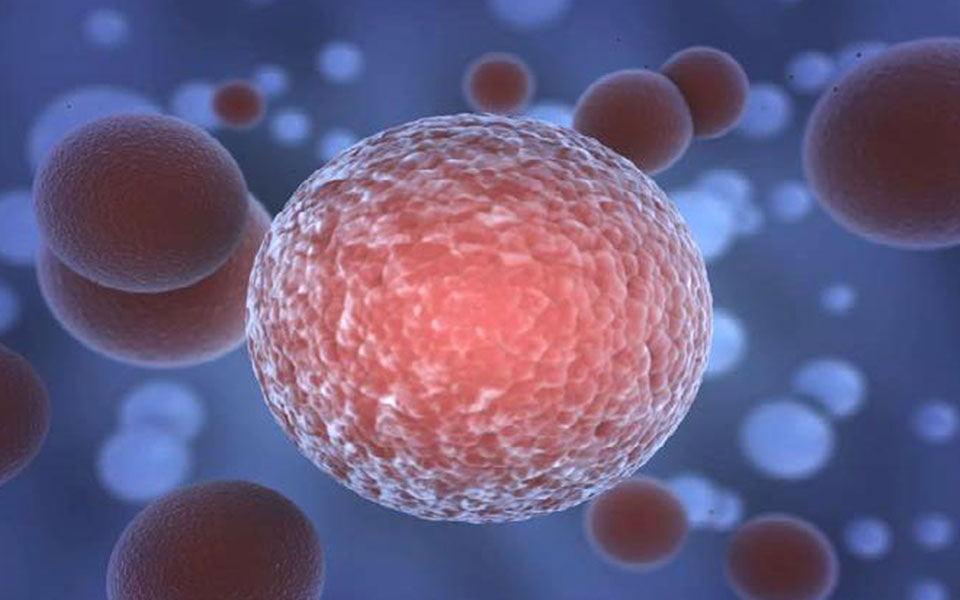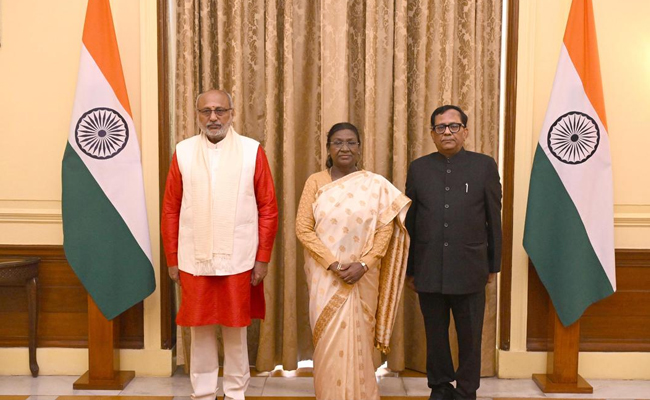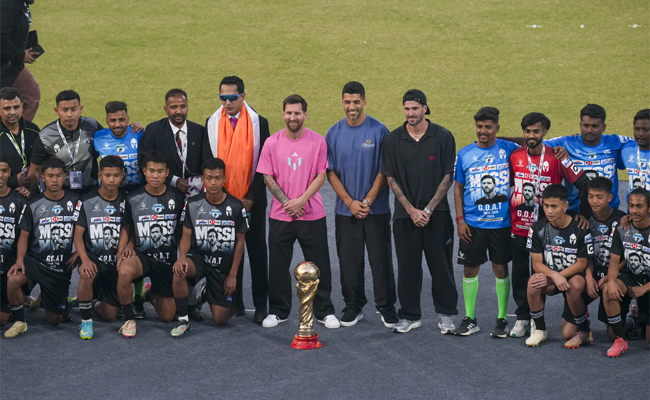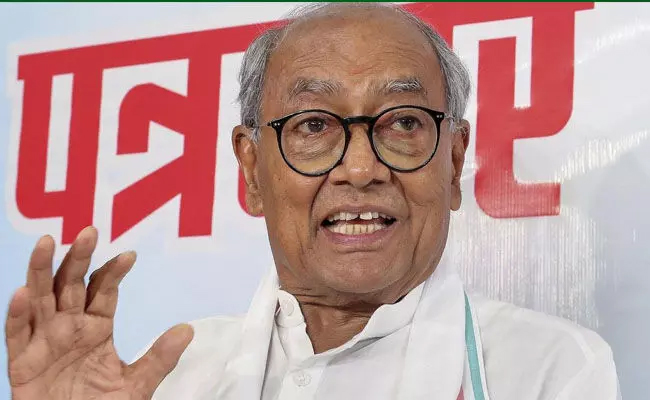New Delhi, June 8: Unlike the widespread defeatist perception about brain tumour, many patients of the disease can be cured with current advances in technology and early detection, doctors said on the World Brain Tumour Day on Friday.
"With the advent of modern technology and advanced surgical modalities, brain tumour is no longer as scary as it used to be a few years ago. If the cases are detected early, then 90 per cent of benign brain tumours are curable," said Rahul Gupta, Senior Brain, Spine and Endovascular Surgeon at Fortis Escorts Heart Institute, New Delhi.
Speaking on one of the latest technology advancements in brain tumour treatment, Gupta said Frameless Neuro Navigation Systems guides the surgeon to the surgical targets without the use of external frames and limits the size of skull opening for safely removing the tumour.
"Not all tumours are cancerous. There are two main types -- noncancerous (benign) and cancerous (malignant). These are graded depending on how fast they grow and what are the chances of it growing back," said Mukesh Pandey, Senior Consultant, Neuro and Spine Surgery, Fortis Hospital, New Delhi.
Doctors advise regular screening as early detection and treatment will help in prevention of complications.
"Timely diagnosis and treatment is very important in deciding the outcome. The most common symptom is headache which is typically early in the morning and it may be associated with repeated vomiting," said Rohit Bansil, Senior Neurosurgeon, BLK Superspeciality Hospital, New Delhi.
"Some patients may even have seizure or weakness of one side of the body or drowsiness, depending on the location of the tumour. If you notice such symptoms, you should immediately see a neurosurgeon," he added.
The exact cause of brain tumour is still unknown but there are some risk factors which may lead to brain tumour. These are old age, past history of the disease, family history and radiation including CT scans, X-rays and radiotherapy, doctors said.
Shirish Hastak, Neurologist at Wockhardt Hospital, Mumbai said that apart from age and family history, there are other key factors that can put one at risk of brain tumour.
"Frequent use of cellphones may cause brain tumour. Preliminary investigations bring to light how the radio frequency energy from cell phones is capable of causing brain tumours; however the results on this are inconsistent. Exposure to certain chemicals which are carcinogenic in nature can also increase the risk of brain cancer. People who are exposed to ionising radiation are highly prone to brain tumours," said Hastak.
In India, every year 40,000-50,000 persons are diagnosed with brain tumour, which is a life threatening medical condition caused by abnormal growth of brain cells.
Let the Truth be known. If you read VB and like VB, please be a VB Supporter and Help us deliver the Truth to one and all.
New Delhi (PTI): After a gap of nine years, transparency watchdog Central Information Commission attained its full strength with the appointment of former IAS officer Raj Kumar Goyal and eight other information commissioners, who took the oath of office on Monday.
A three-member panel headed by Prime Minister Narendra Modi last week recommended their names for the appointment.
President Droupadi Murmu administered the oath of office to Goyal as the chief information commissioner (CIC) at a ceremony held at the Rashtrapati Bhavan, her office said in a communique.
The event was attended by Vice President C P Radhakrishnan and Union Minister of State for Personnel Jitendra Singh, among others.
Goyal is a 1990-batch (retired) IAS officer of the Arunachal Pradesh-Goa-Mizoram-Union Territories (AGMUT) cadre. He superannuated as secretary, Department of Justice under the Ministry of Law and Justice, on August 31.
He has also served as secretary (border management) in the Home Ministry and held key posts both at the Centre and in the erstwhile state of Jammu and Kashmir.
The post of CIC fell vacant after Heeralal Samariya completed his term on September 13.
ALSO READ: Football fans in frenzy as Messi winds up G.O.A.T. India Tour with Delhi leg
The Commission is headed by a CIC and can have a maximum of 10 information commissioners. With the new appointments, the Commission attained its full strength after a gap of over nine years, according to transparency activists.
In the presence of two incumbent Information Commissioners, Anandi Ramalingam and Vinod Kumar Tiwari, Goyal administered the oath of office to eight new appointees at the swearing-in ceremony.
They included former Railway Board chief Jaya Verma Sinha, former IPS officer Swagat Das -- who held key posts in the Intelligence Bureau, Home Ministry and Cabinet Secretariat, among others -- Central Secretariat Service (CSS) officer Sanjeev Kumar Jindal, former IAS officer Surendra Singh Meena and ex-Indian Forest Service officer Khushwant Singh Sethi.
Senior journalists P R Ramesh and Ashutosh Chaturvedi, and former Indian Legal Service officer Sudha Rani Relangi, have also been sworn in as information commissioners.
Relangi has also worked as the director of prosecution, Central Bureau of Investigation and joint secretary and legislative counsel in the Ministry of Law and Justice.
The names of the CIC and eight information commissioners were cleared during the meeting of the Modi-led committee comprising Union Home Minister Amit Shah and Leader of Opposition in Lok Sabha Rahul Gandhi.





